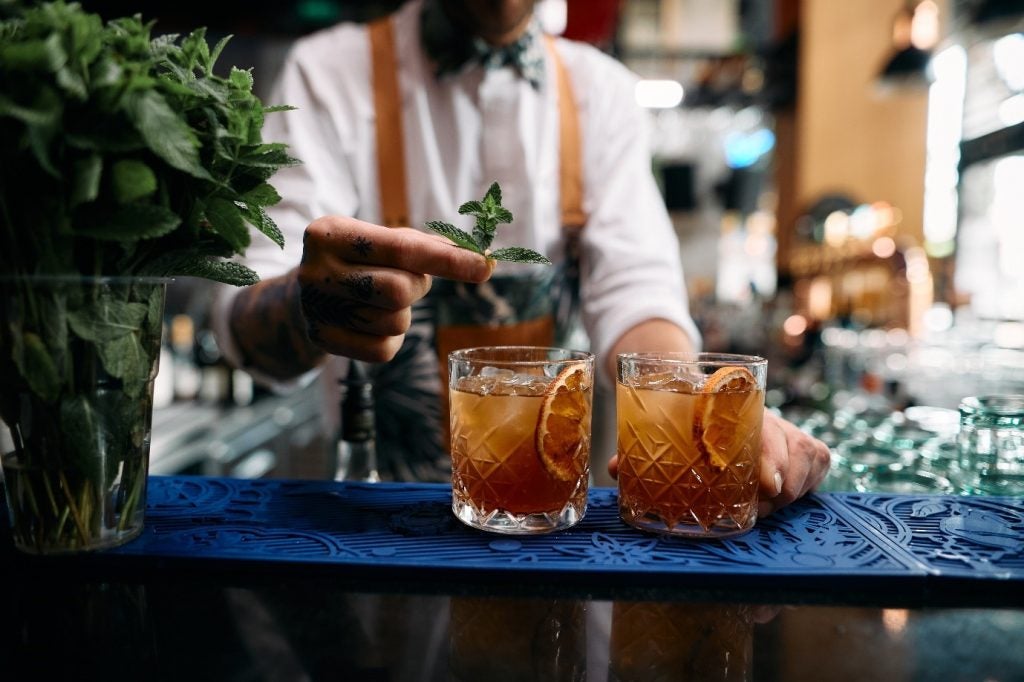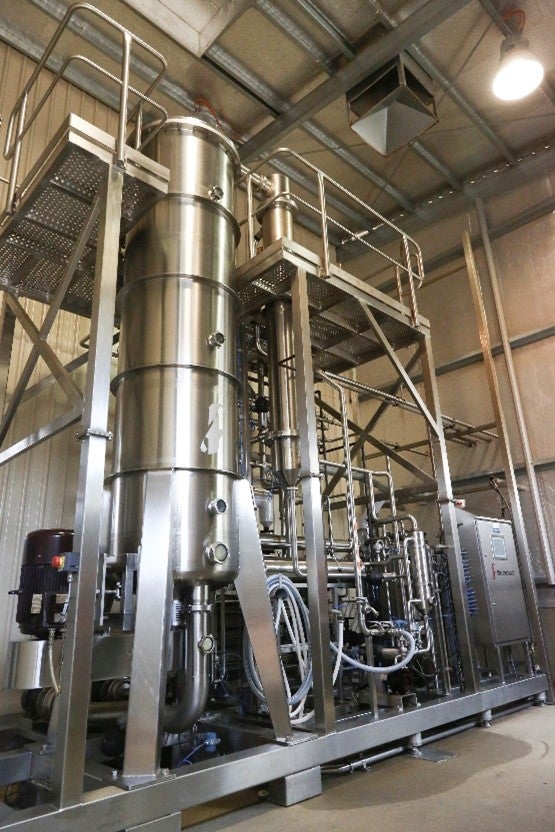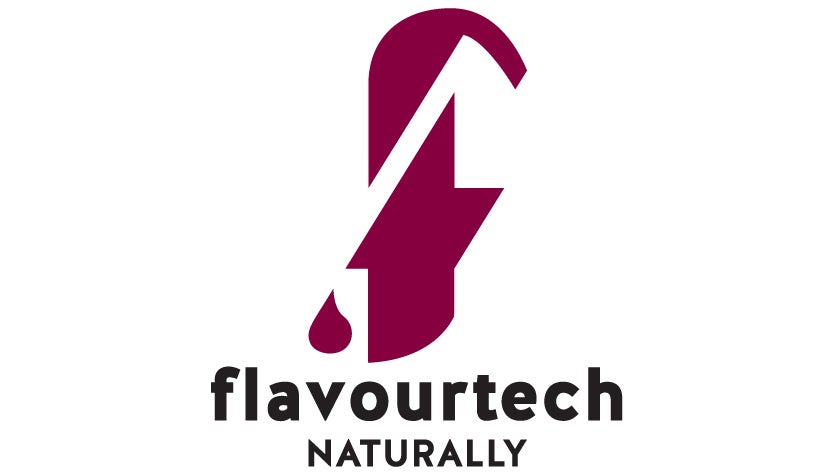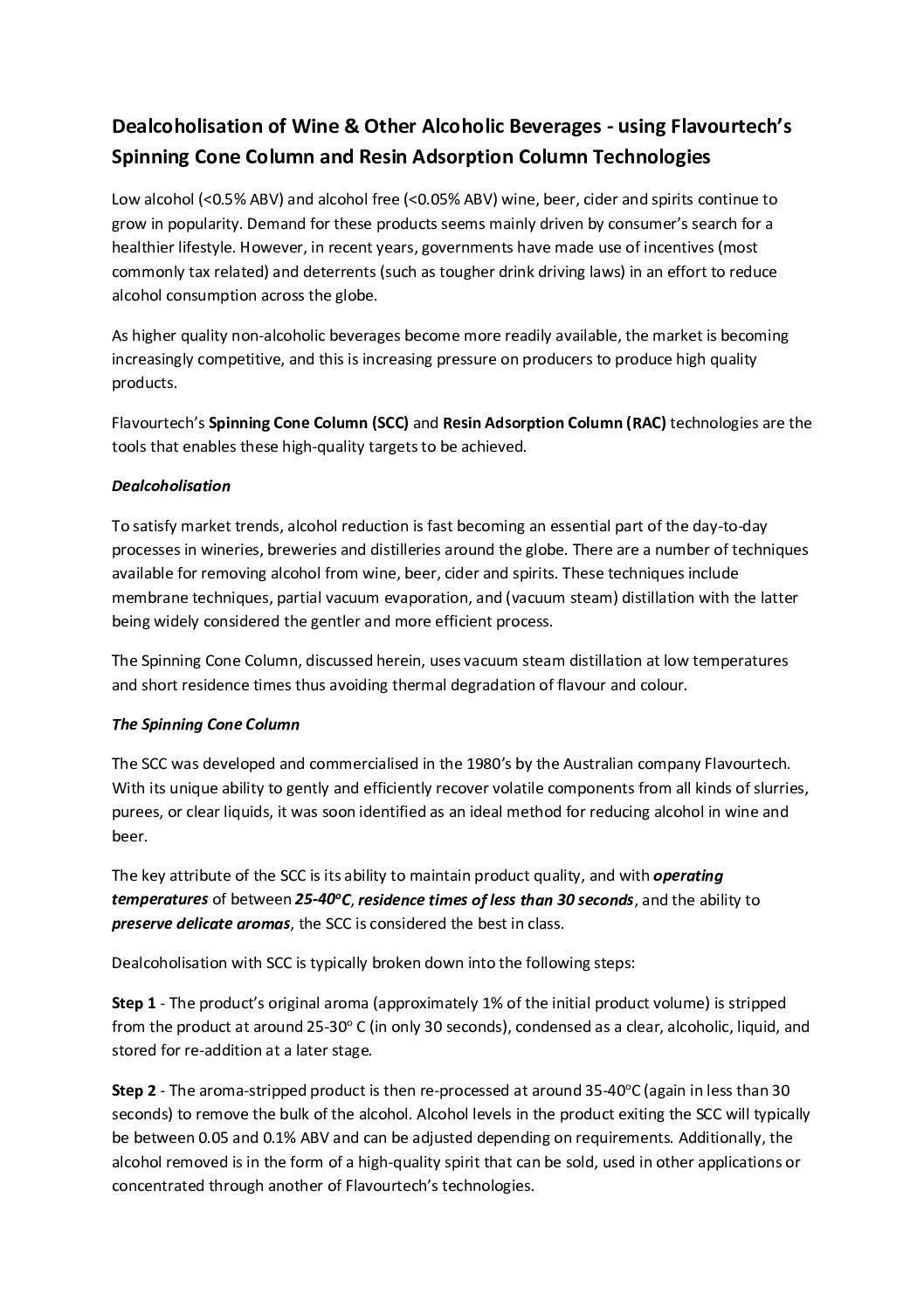
The no and low alcohol spirits market has seen significant growth in recent years,1 driven by changing consumer preferences and a greater focus on health and wellness. This market, which includes beverages with little to no alcohol content, is appealing to a broad range of consumers who are looking to reduce their alcohol intake without sacrificing the social and sensory experiences associated with drinking.
Market Overview
The global no and low alcohol beverage market is projected to grow at a compound annual growth rate (CAGR) of 6% between 2023 and 2027. This growth is fuelled by increasing consumer demand for healthier lifestyle choices and the rising popularity of sober-curious movements. In 2023, the value of this market was over US$13 billion, with significant contributions from key markets such as the US, UK, Australia, Brazil, Canada, France, Germany, Japan, Spain, and South Africa.2
Consumer Trends
Consumers around the world are now opting for no and low alcohol beverages as part of a balanced lifestyle. The trend is particularly strong amongst Millennials and those from Generation Z, who are more health-conscious and open to experimenting with new products. Referred to as ‘mindful drinking’, the trend sees consumers opting for non-alcoholic beverages that offer the social experience of drinking without the associated alcohol content. Additionally, the concept of ‘substituter’—consumers who switch between full-strength, low, and no alcohol products depending on the occasion—has become increasingly prevalent. Another emerging trend is the practice of switching between alcoholic and no alcohol products in one sitting. Moderating alcohol consumption in this way is often called ‘zebra-striping’.3
Mindful drinking allows consumers to enjoy the taste and ritual of drinking while moderating their alcohol intake. As the trend grows in popularity, the market for sophisticated non-alcoholic products is rapidly expanding, with innovations focusing on enhancing flavour and functional benefits to meet diverse consumer preferences. This shift is not only about reducing alcohol consumption but also about creating a more inclusive drinking culture that caters to various occasions and lifestyles.

Product Innovation
No and low alcohol beer and wine products have firmly established themselves in the market, and the no and low alcohol spirits segment is rapidly gaining momentum. Innovative brands such as Whitley Neill Alcohol Free Gin are offering sophisticated alternatives to traditional spirits. Market analysis predicts that this segment is set to experience significant growth as consumers increasingly embrace mindful drinking.4
Innovation in product development has been crucial in meeting the demands of the growing no and low alcohol market. Brands are investing in creating high-quality no and low alcohol spirits that mimic the taste and experience of traditional alcoholic beverages. This includes the use of advanced technologies and natural ingredients to enhance flavour and aroma.
The Role of Flavourtech’s Spinning Cone Column (SCC)
One of the key technologies driving innovation in the no and low alcohol spirits market is the Spinning Cone Column, developed by Australian technology manufacturer, Flavourtech.
Flavourtech is a pioneer in the no and low alcohol sector. For close to 40 years, they have helped winemakers and brewers safely remove alcohol to produce high quality beverages. In fact, the SCC is widely considered the technology of choice for alcohol removal from wine.

The SCC is a versatile piece of equipment that offers several benefits in the production of these beverages, particularly in terms of flavour retention, low temperature processing, and the ability to add back natural aromas. Some of the main advantages include:
1. Flavour Retention
The SCC is highly effective at preserving the delicate flavours and aromas of the original spirit. By operating under vacuum conditions and using steam, the SCC can gently extract volatile compounds without subjecting them to high temperatures that could degrade their quality. The short residence time within the column (around 25 seconds) further minimises thermal degradation, resulting in a product that closely resembles the full-strength spirit’s taste and aroma.
2. Efficiency and Flexibility
The SCC is designed to be highly efficient, allowing for the rapid processing of large volumes of liquid. Its flexibility in adjusting operating parameters means that producers can tailor the extraction process to suit different types of spirits and desired flavour profiles. This adaptability is essential for creating a wide range of no and low alcohol products.
3. Natural Aroma Addition
The SCC excels in its ability to reintroduce natural aromas to the dealcoholised spirit. By using the natural volatile compounds that contribute to the spirit’s aroma, the SCC ensures that the final product has a rich and authentic sensory profile. This capability is particularly important for maintaining consumer satisfaction and product quality.
If used in conjunction with Flavourtech’s Resin Adsorption Column (RAC), the natural spirit aroma is effectively isolated from all alcohol and can be used to further fortify flavours thus meeting consumer taste preferences. This combination of SCC and RAC technologies allows the natural spirit flavours to be reintroduced while meeting sub-0.05% ABV alcohol requirements. Once thought impossible, the RAC means consumers of no alcohol spirits can enjoy beverages containing original natural aroma.
4. Cost-Effectiveness
The SCC offers a cost-effective solution for spirit dealcoholisation. Its efficient processing capabilities and ability to produce high-quality products reduce the need for additional flavouring agents or extensive post-processing. This can lead to significant cost savings for producers.
5. Sustainability
The SCC’s low energy consumption and efficient use of resources make it a more sustainable option compared to traditional dealcoholisation methods. Its ability to operate at lower temperatures and with minimal waste aligns with the growing demand for environmentally friendly production practices.
6. Versatility
The SCC is not limited to a single type of spirit. Gin, whiskey and rum have all been successfully processed in the past. It can also be used for a variety of other alcoholic beverages, such as wine, beer and cider, making it a versatile tool for producers looking to expand their product offerings in the no and low alcohol market.
These benefits make the SCC a valuable asset in the production of high-quality no and low alcohol spirits, helping producers meet growing consumer demand for healthier and more diverse beverage options.
Hot off the press: Flavourtech has recently released a new technology called the Alcohol Distillation Column (ADC), a column for the concentration of alcohol to levels above 90% ABV. The alcohol removed during production of no and low alcohol spirits can now be concentrated to these high levels with the immediate advantage of reduced volumes for storage and transport. The concentrated alcohol stream can then be sold or used in other applications within the distillery.
Market Challenges and Opportunities
While the no and low alcohol spirits market presents numerous opportunities, it also faces several challenges. One of the main challenges is consumer perception. Despite the growing popularity, some consumers still associate no and low alcohol products with inferior taste and quality. Overcoming this perception requires continuous innovation and education to highlight the benefits and advancements in this category.
Another challenge is regulatory compliance. Different countries have varying regulations regarding the production and labelling of no and low alcohol beverages. Navigating these regulations can be complex but is essential for ensuring product safety and consumer trust.
On the opportunity side, the market is ripe for further expansion. As more consumers become aware of the health benefits associated with reduced alcohol consumption, the demand for no and low alcohol spirits is expected to rise. Additionally, quality improvements and new flavour and product developments should attract a wider audience and drive market growth.
Conclusion
The no and low alcohol spirits market is poised for continued growth, driven by changing consumer preferences and advancements in technology. Flavourtech’s SCC, RAC and ADC play a crucial role in this market by enabling the production of high-quality beverages with superior flavour retention and the ability to include original natural aromas. As the market evolves, ongoing innovation and consumer education will be key to unlocking its full potential.
Download Flavourtech’s whitepaper on dealcoholisation to learn more about the innovative technologies that are helping companies around the world produce high-quality dealcoholised wine, beer, cider and spirits. Should you have questions, require further information or wish to conduct a trial of Flavourtech’s technologies, please contact their team on sales@flavourtech.com.
1. https://www.mynaturalorigins.com/en/blog/the-non-alcoholic-spirits-market-growth-and-trends
4. https://www.thespiritsbusiness.com/2024/05/the-battle-between-low-and-no/



